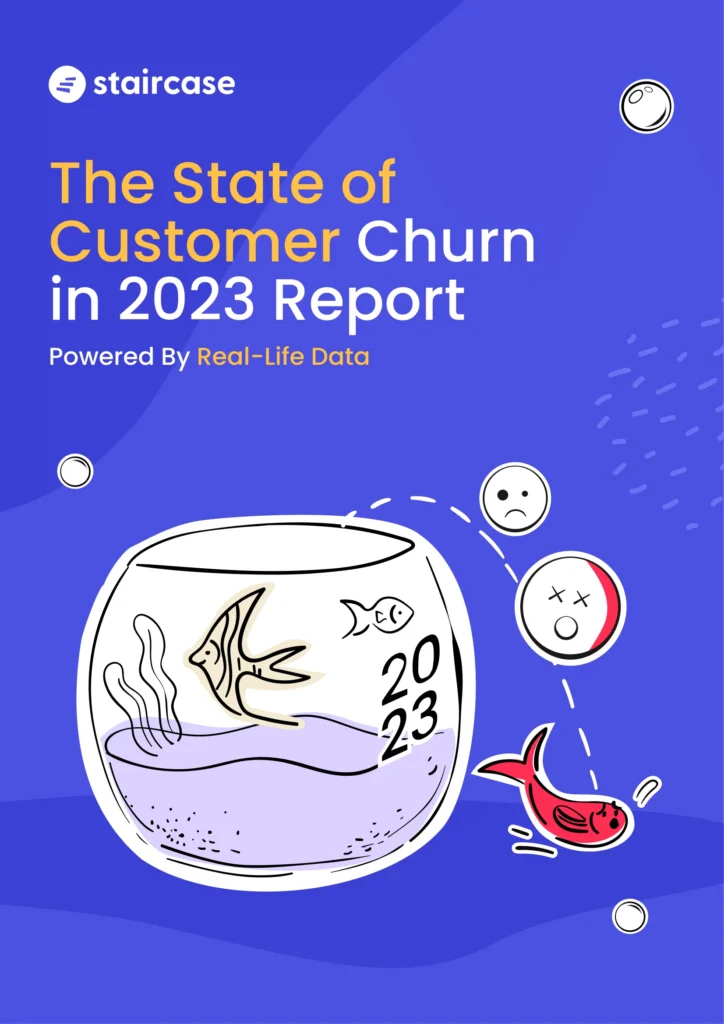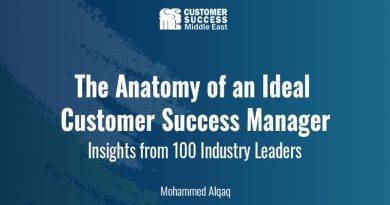Can You Predict Churn?
Can You Predict Churn?
By: Mohammed Alqaq
Customer churn, or the rate at which customers stop doing business with a company, has always been a critical concern for businesses across various industries. However, in today’s fast-changing business landscape, churn is one of the biggest challenges. With new technologies, evolving customer expectations, and intense competition, the fight to retain customers has become more complex than ever before.
Why churn is becoming a big obstacle for businesses?
Changing Customer Expectations
One of the primary reasons why churn has become a significant challenge is the ever-changing landscape of customer expectations. In today’s world, customers demand seamless and personalized experiences, quick response times, and exceptional customer service. If a business fails to meet these expectations, customers are more likely to switch to a competitor. The bar for customer satisfaction has been raised, and businesses must continuously adapt to keep up.
Intense Competition
Globalization and the digital age have made it easier for businesses to enter markets and compete. As a result, competition is fiercer than ever. Customers have more options than before, which means that companies need to work harder to differentiate themselves and retain their customer base. Price wars and promotions may attract customers temporarily, but building loyalty in such a competitive environment is challenging.
Staircase analyzed 100k+ data points to uncover true Churn warning signs in 2023.
Churn is proving to be one of the biggest challenges for B2B businesses in 2023. The Staircase AI State of Customer Churn in 2023 report has uncovered today’s biggest churn drivers by analyzing real data. Download the research report to learn:
What are the underlying factors that influence churn?
Why are things falling between the cracks?
What’s the right retention strategy for 2023 and beyond?
and more
Data-Driven Decision Making
Advancements in data analytics and machine learning have empowered businesses to better understand their customers’ behavior and preferences. While this can be an advantage, it also means that customers expect companies to use their data to provide more personalized experiences. Businesses that fail to utilize this data to create tailored solutions risk losing customers to competitors who can offer a more customized service.
Subscription-Based Models
The rise of subscription-based business models in industries like software, streaming, and e-commerce has altered the way customers engage with companies. While these models can provide a steady stream of revenue, they also present a unique churn challenge. Customers can easily cancel subscriptions and switch to a competitor, and businesses must constantly prove their value to retain subscribers.
Strategies to Address Churn
To combat the growing challenge of churn, businesses must adopt proactive strategies, such as:
Enhance Customer Experience: Focus on providing exceptional customer service, personalization, and seamless experiences that exceed customer expectations.
Utilize Data: Leverage data analytics and AI to understand customer behavior and preferences, allowing for more effective personalization and targeted marketing.
Continuous Innovation: Stay ahead of the competition by consistently innovating and adapting to evolving customer needs.
Stay Resilient: Build a flexible business model that can adapt to unforeseen challenges.
Customers are increasingly seeking strategic advisors rather than just transactional service providers. This shift in customer expectations reflects a desire for more personalized and proactive assistance, as well as a deeper understanding of their unique needs and challenges. As a result, Customer Success leaders are faced with the imperative to build teams of strategic advisors to meet these evolving demands.
Customer churn is undeniably one of the biggest challenges facing businesses today. In an era of evolving customer expectations, and intense competition, companies must be proactive in addressing churn. By embracing data-driven strategies, prioritizing customer experience, and staying agile in the face of change, businesses can effectively tackle this formidable challenge and build long-lasting customer relationships in an ever-evolving business landscape.





